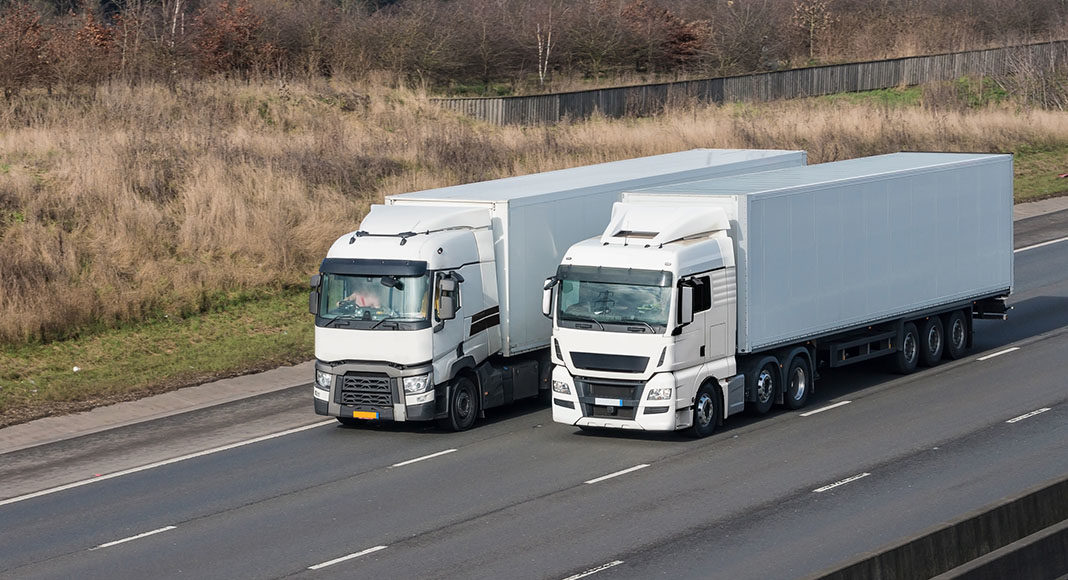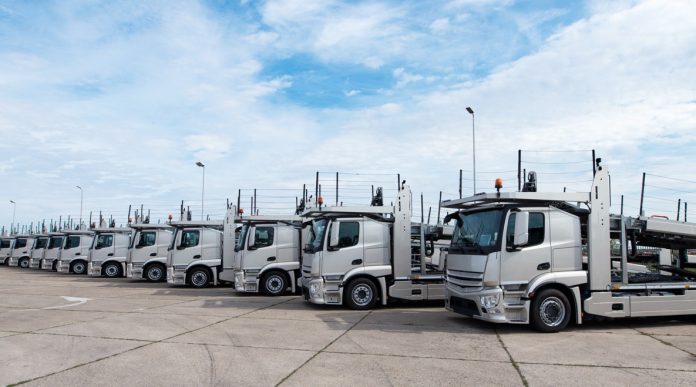You may have been perplexed up until this point about how to correctly bind your shipment due to the intricacy of the global transportation environment. To guarantee that you carry out bonded shipping effectively when it’s time to move your next consignment, all the key components are detailed in this article.
The international cargo includes things that have reached the harbor or airport of the receiving country but have not yet been given the all-clear for import clearance as well as items that have been exported but have not yet been carried onto a ship or airplane.
Even though the cargo is domestic, Bonded Status treats it as a foreign shipment. Additionally, these foreign goods need to be stored in a bonded area.
With the help of land transport company, Bonded Shipping is pretty familiar. For instance, if you leave your goods at the port for an extended period for laborious customs checks, the free time ends, and you may be charged an additional storage price known as demurrage.
Ports (Assigned Bonded Area) and Secured Warehouse are included in the term “Bonded Area.” When carrying foreign merchandise from a port to a registered Bonded Warehouse for imports that have not yet passed import taxes, Bonded Transportation is essential to transport the shipments that are still in Secured Condition.

OLTs and ILTs
OLT (OVERLAND TRANSPORT) is the formal name for Bonded Freight. Bonded transportation over land using a truck or dragee is referred to here. ILT (INTERCORST TRANSPORT), on the contrary, refers to Bonded Shipping by Ship employing Domestic Vessel. Raw resources and barrel feeders are both transported using it.
When it comes to LCL (consolidated freight), goods are delivered to a storage facility called CFS (Container Freight Station), put onto vessels, and then transported there using bonded transportation (Designated Bonded Area).
DDP- DELIVERED DUTY PAID (…named place of destination)
When the products are made accessible at the specified location in the nation of importation, the seller has fulfilled his delivery commitment and the transaction is described as being “delivered duty paid.”
The risks and expenses associated with delivering the items there that have been cleared for importation, including tariffs, taxes, and other expenditures, must be covered by the seller. The seller’s obligation is at its least with the EXW term and at its greatest with DDP.
The word DDU should only be used if the companies want the purchaser to pay the tariff and clear the items for shipment. However, if the supplier fails to secure the import permit explicitly or implicitly, this word should not be utilized.
Protocols, Authorizations, and Permits
Complete all customs processes for the emigration and importation of the products and, if applicable, for their transiting via another nation. He shall procure at his own cost and risk any exporting and importing license and other governmental approval.

Transportation and Insurance Agreement
1.Agreement for carriage
Arrange at his own risk for the transportation of the products along a well-traveled path and in a conventional way to the specified location at the endpoint. If a point is not agreed upon or established by precedent, the seller may choose the point at the designated location that best serves his needs.
2. Insurance Policy Pact
No commitment.
Risk Evaluation and Delivering
The items must be delivered to the buyer in line with the terms of the insurance and transportation contracts on the day or during the time frame specified.
Allocation of Costs
Paying all costs associated with the products starting at the time they are delivered in line with Delivery, but only if they have been specifically designated as contract goods, either by being set aside or in another way.
Except as otherwise negotiated, pay all tariffs, taxes, and other statutory fees due upon the exportation and importation of the products as well as any additional fees incurred during their passage through another nation.
Transit Document Serving as Evidence of Delivery or A Comparable Digital Message
Delivery order and/or customary transport documents (such as a negotiated bill of lading, a quasi sea followed different paths, an inland waterway record, an air waybill, a railway consignment note, a road shipment note, or an intermodal transport document) that the buyer may need to take the goods must be provided to the buyer at the seller’s cost.



